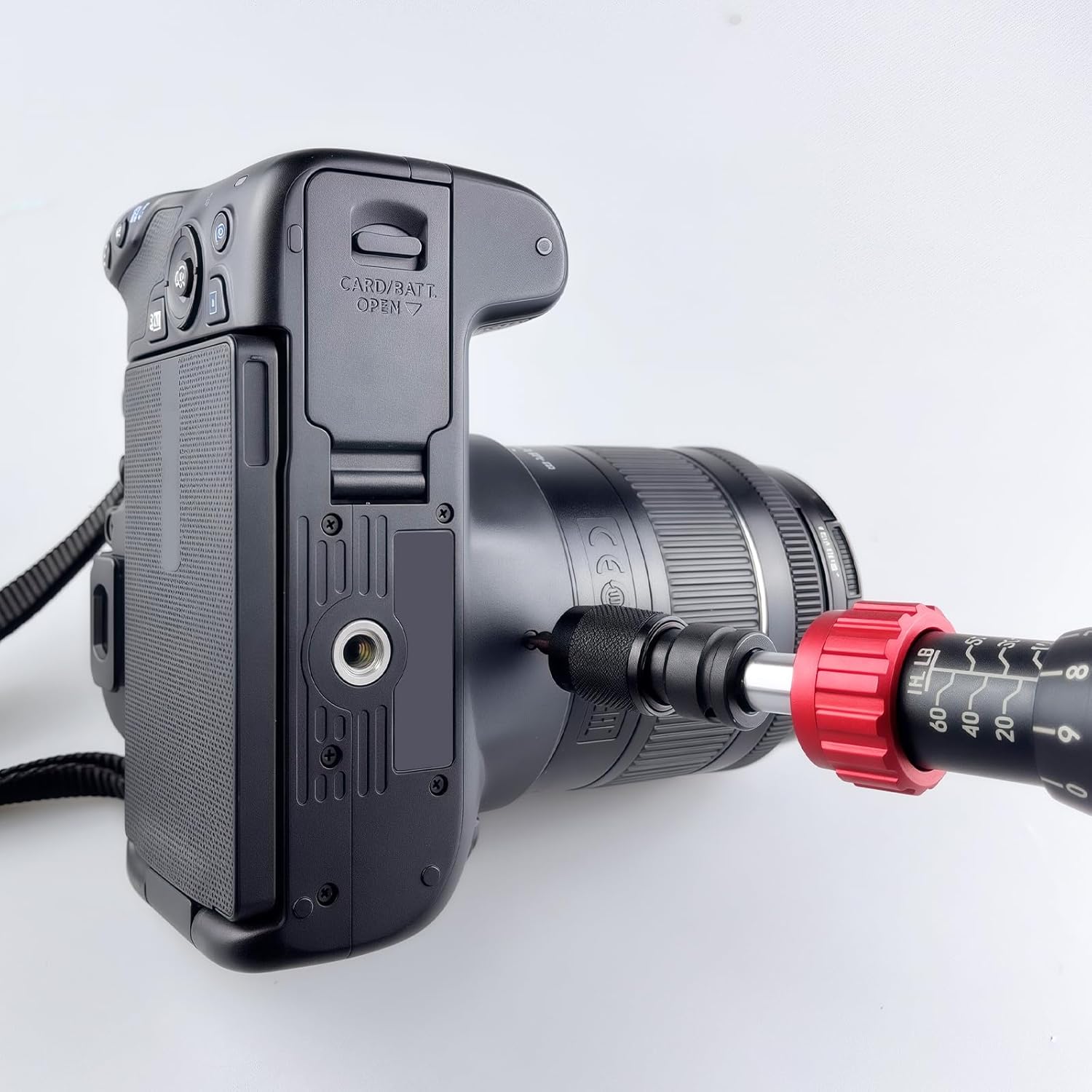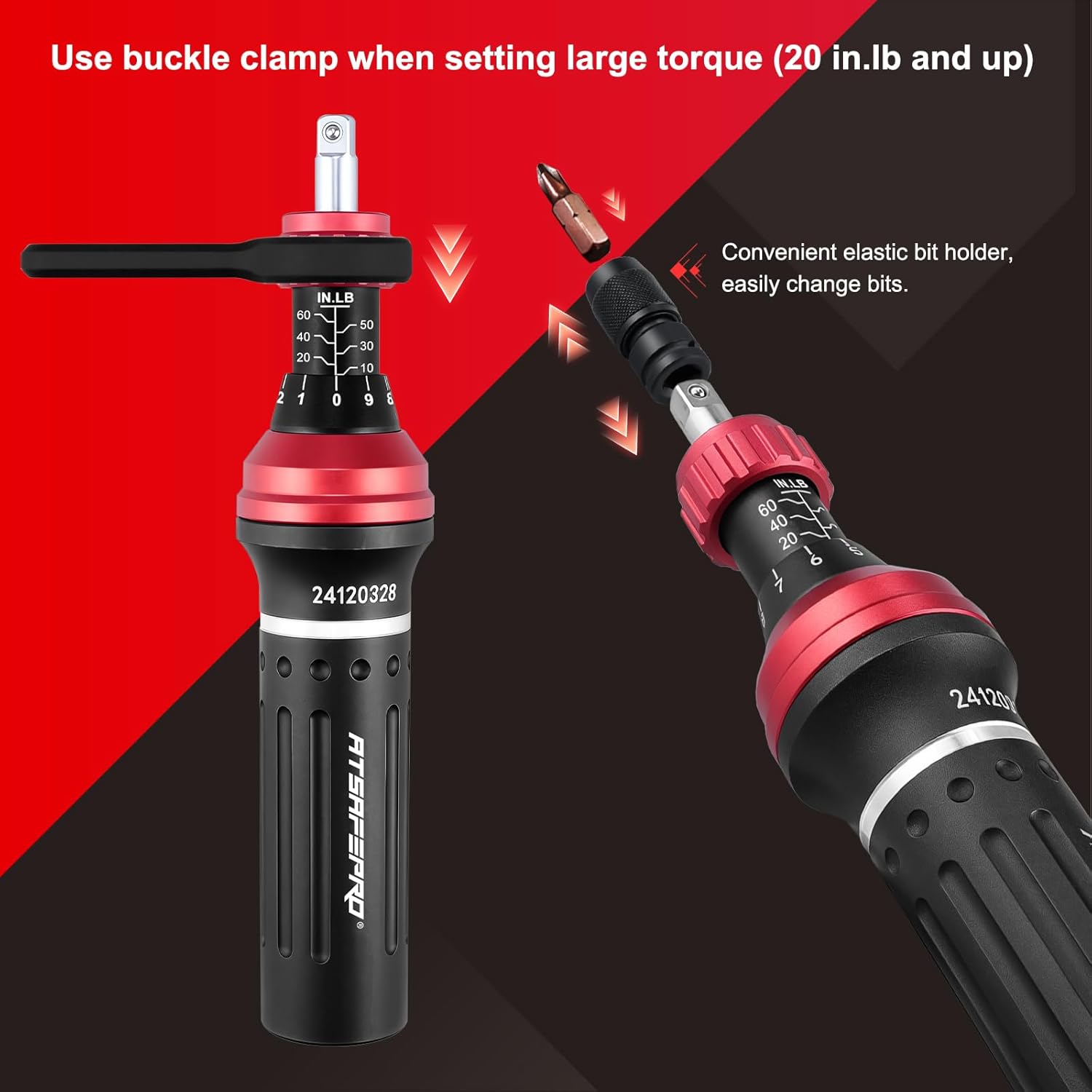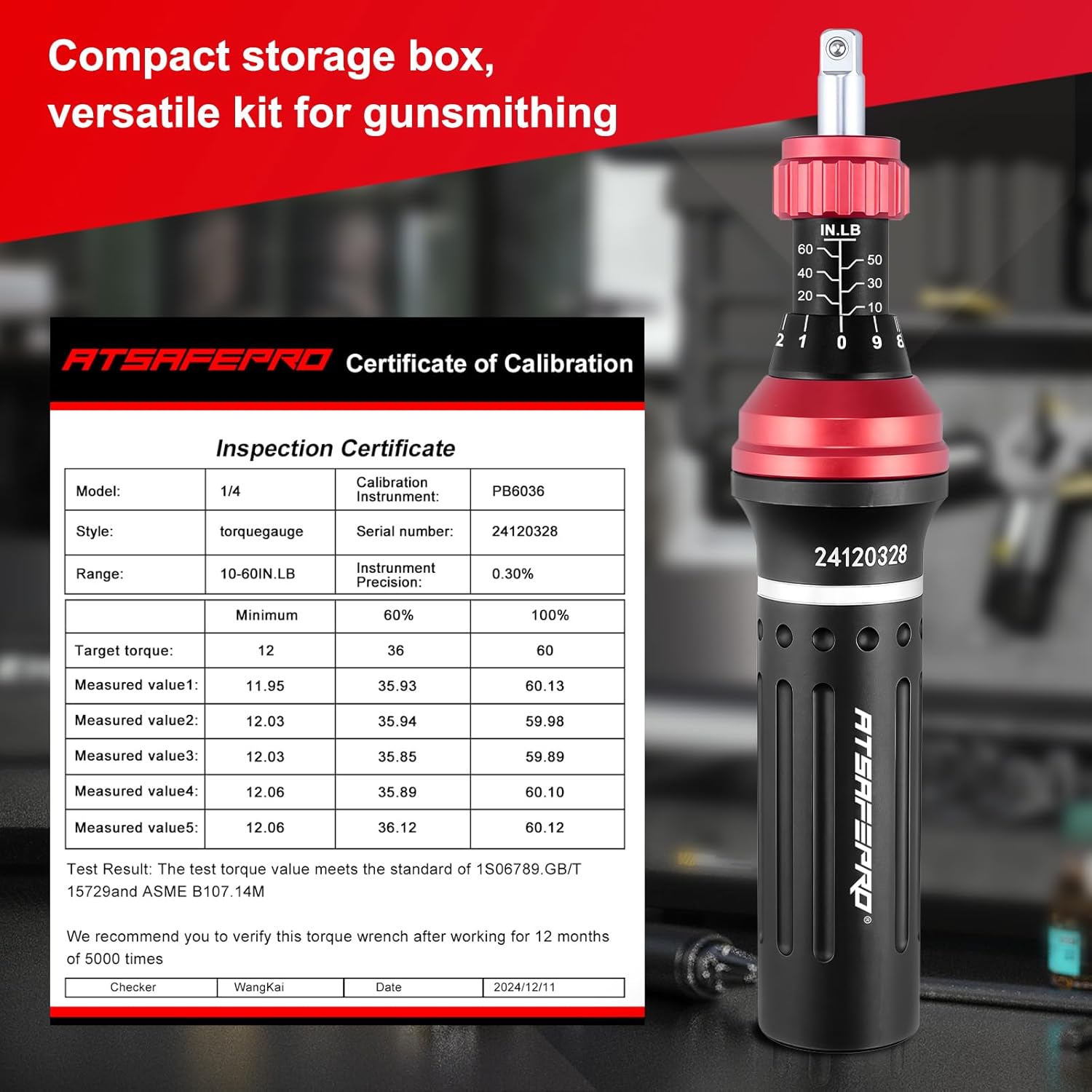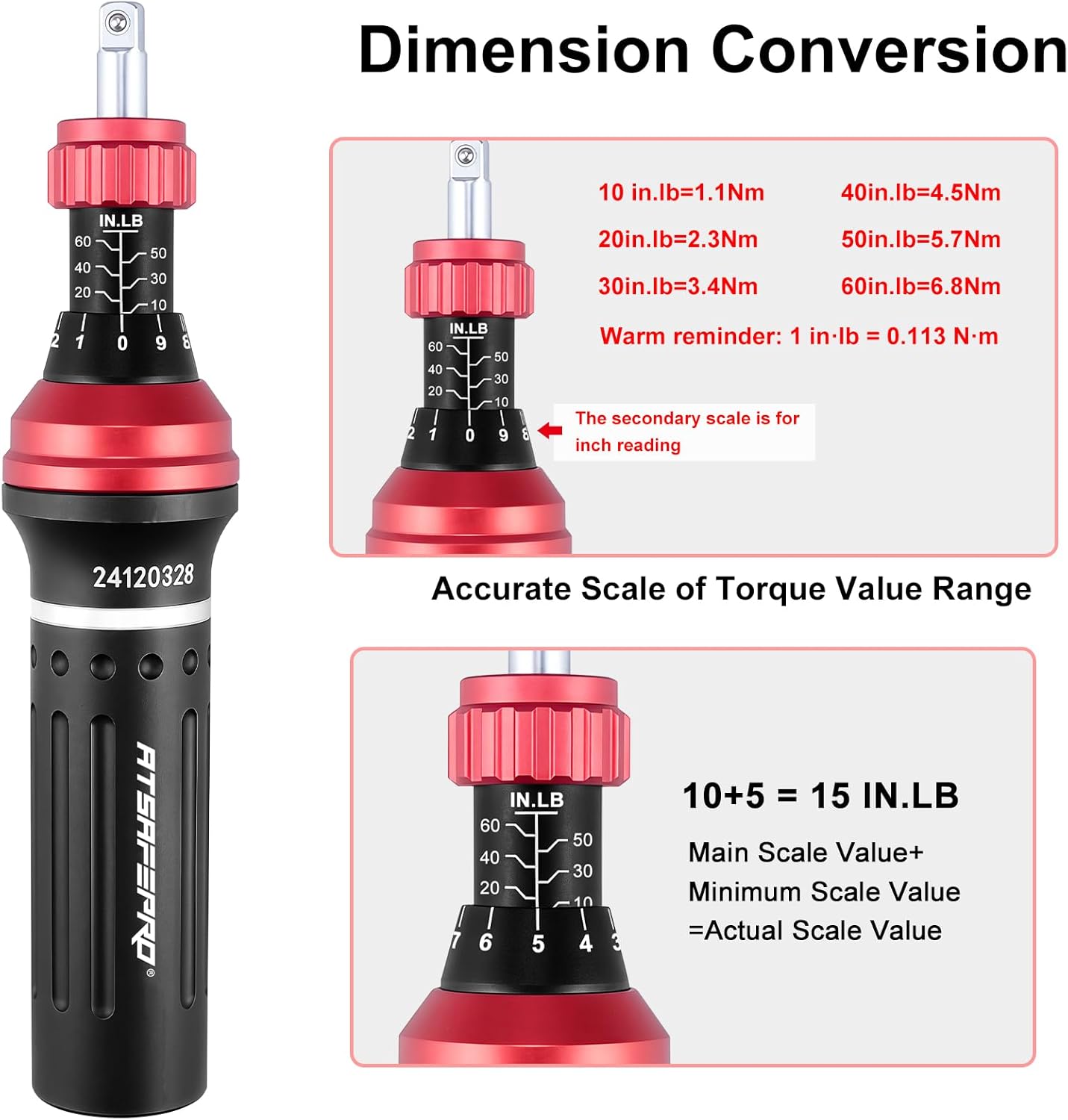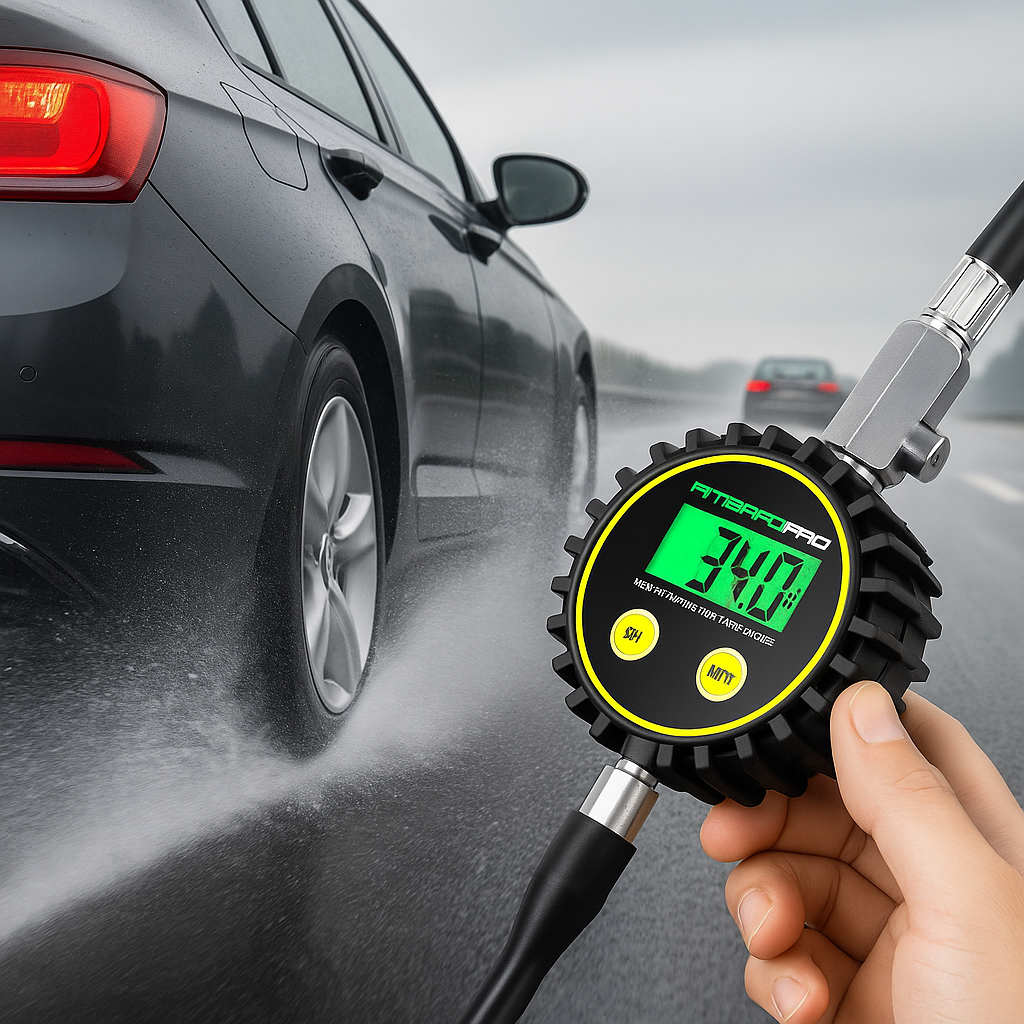
How Tire Pressure Impacts Braking Distance on Highways
Why Tire Pressure Becomes Critical at Highway Speeds
On city roads, a minor tire pressure variation may not be noticeable. On highways, however, speeds of 90–120 km/h magnify every flaw in a vehicle’s performance. A 10% underinflation can add as much as 20% to braking distance, according to the National Highway Traffic Safety Administration (NHTSA). That means the difference between stopping safely and colliding with the vehicle ahead. Proper tire pressure allows the tire to maintain full road contact, distributes vehicle weight evenly, and provides optimal grip for sudden braking.
Underinflation: The Silent Hazard Behind Longer Stops
-
Excessive flexing – Tires deform under load, shrinking the contact patch.
-
Heat build-up – Friction increases, leading to faster tread wear and higher blowout risk.
-
Delayed braking response – At 100 km/h, even a split-second delay translates into several car lengths of lost control.
Many highway accidents trace back not to poor braking systems but to neglected tire maintenance. Drivers often assume their ABS or advanced braking systems will compensate, but without proper tire pressure, technology cannot overcome physics.
Overinflation: False Confidence on Dry Roads
Some drivers believe pumping tires harder than recommended improves fuel efficiency. While this can slightly reduce rolling resistance, it also reduces traction. On dry pavement, the effect may seem negligible, but in wet conditions or emergency maneuvers, an overinflated tire loses its ability to absorb surface irregularities. Vehicles become more prone to hydroplaning and unstable lane changes, extending the danger zone during highway braking.
How to Manage Tire Pressure for Safer Braking
To manage tire pressure effectively, drivers should follow a three-step routine:
-
Pre-trip measurement
Always measure tires when cold, ideally before leaving home. This avoids heat-induced expansion that can mislead readings. -
Load adjustment
Extra passengers or cargo demand higher pressure within the manufacturer’s recommended range. Ignoring this adjustment risks longer braking distances under load. -
Tool-assisted accuracy
Devices like the Digital Tire Pressure Gauge or Tire Inflator with Gauge deliver precise readings and corrections, ensuring consistent tire performance even during long highway stretches.
Technical Insights Backed by Industry Data
A 2024 study by the European Tyre and Rim Technical Organisation (ETRTO) showed that vehicles with underinflated tires required an average of 7 meters more stopping distance during emergency braking at 110 km/h. In real-world conditions, those 7 meters can represent two full vehicle lengths. Such findings reinforce the argument that tire care equals braking performance.
FAQs Drivers Actually Ask on Highway Safety
Q1: How often should I check tire pressure before highway trips?
At least once a week and always before long-distance driving. Cold tire checks are most reliable.
Q2: Can my car’s built-in TPMS replace manual checks?
TPMS warns only when tires are dangerously underinflated. Manual checks with a high-accuracy gauge are essential for precision.
Q3: Does road temperature matter for tire pressure?
Yes. Hot asphalt can increase pressure by 2–4 PSI. Always measure cold, then adjust accordingly.
A Highway-Ready Vehicle Starts with Tire Care
Highway safety is not just about driving skill — it’s about preparation. Correct tire pressure reduces braking distance, preserves control in emergencies, and minimizes blowout risk. With ATSAFEPRO tools such as digital tire gauges and inflators, drivers can confidently face the unpredictable challenges of high-speed travel.
Take a proactive step today: explore our homepage for reliable tools, or connect with us through our contact page to find the right solutions tailored for safer highway driving.



